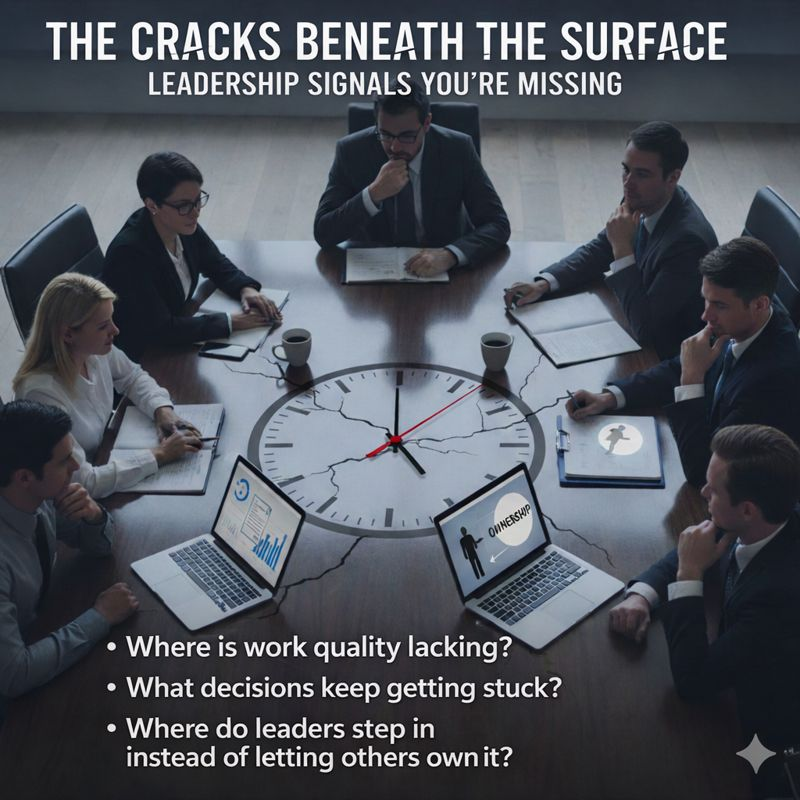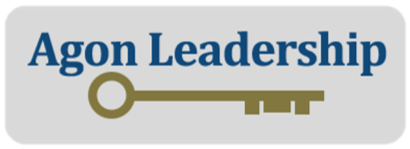Stop Throwing 7% of Your Revenue Down the Drain!

There is a lot of evidence that the biggest potential for growing your organization’s top line, bottom line, or mission impact this year is through leadership development!
Lack of strong leadership skills and behaviors impacts the bottom line.
- “For every year a company delays leadership development, it costs 7% of their annual sales.” - Blanchard – “Making the Business Case” Report
Lack of strong leadership skills and behaviors impacts retention.
- “1 in 2 people state that they’ve left a job at some point to get away from a bad manager.” - Gallup
Lack of strong leadership skills and behaviors impacts engagement and productivity.
- “Managers control 70% of the factors that impact employee engagement.” - Gallup
In 2024, for the first time, managers and supervisors are more disengaged than frontline workers. - Gallup
- “There aren’t a lot of tools that promote leadership development.” - Bravely
The need for leadership development has never been greater. With few people applying to your job postings, you don’t want a right-fit hire to become disenchanted and leave in 3 to 6 months. Managers of remote workers have to be more intentional about communicating with their employees because they can’t touch base in the break room or drop in as they are walking past their office.
Today’s employees want a positive workplace culture but 90% of leaders aren’t focusing on building rapport, increasing engagement, and providing the various types of support team members need to become high performers.
Yet, there is very good news in the leadership development space! Culture Impact has developed a stellar management training course which helps leaders:
- realize the need for trusting and inspiring employees,
- learn about effective leadership practices,
- develop the foundational skills for engaging and empowering team members, and
- build confidence to regularly use these effective leadership practices to support employee and organizational success.
If you have been losing sleep at night, or pulling your hair out, over low employee morale and productivity, it will be well worth your time to investigate the highly effective Conversational Management training. Click here for more information and to register for a 2-hour interactive workshop experience. Attending a remote Test Run of this highly effective leadership development program could transform your work and personal life – and the workplace reality for everyone on your team! When you decide to offer Conversational Management to your people leaders, the training can be delivered in-person or via Zoom.
I look forward to seeing you at one of the upcoming Test Drives! Register Now!
Please reach out with any and all questions about leadership development or Conversational Management. Contact Cathie Leimbach of Agon Leadership at 440-320-3113 or cathie@agonleadership.com.


